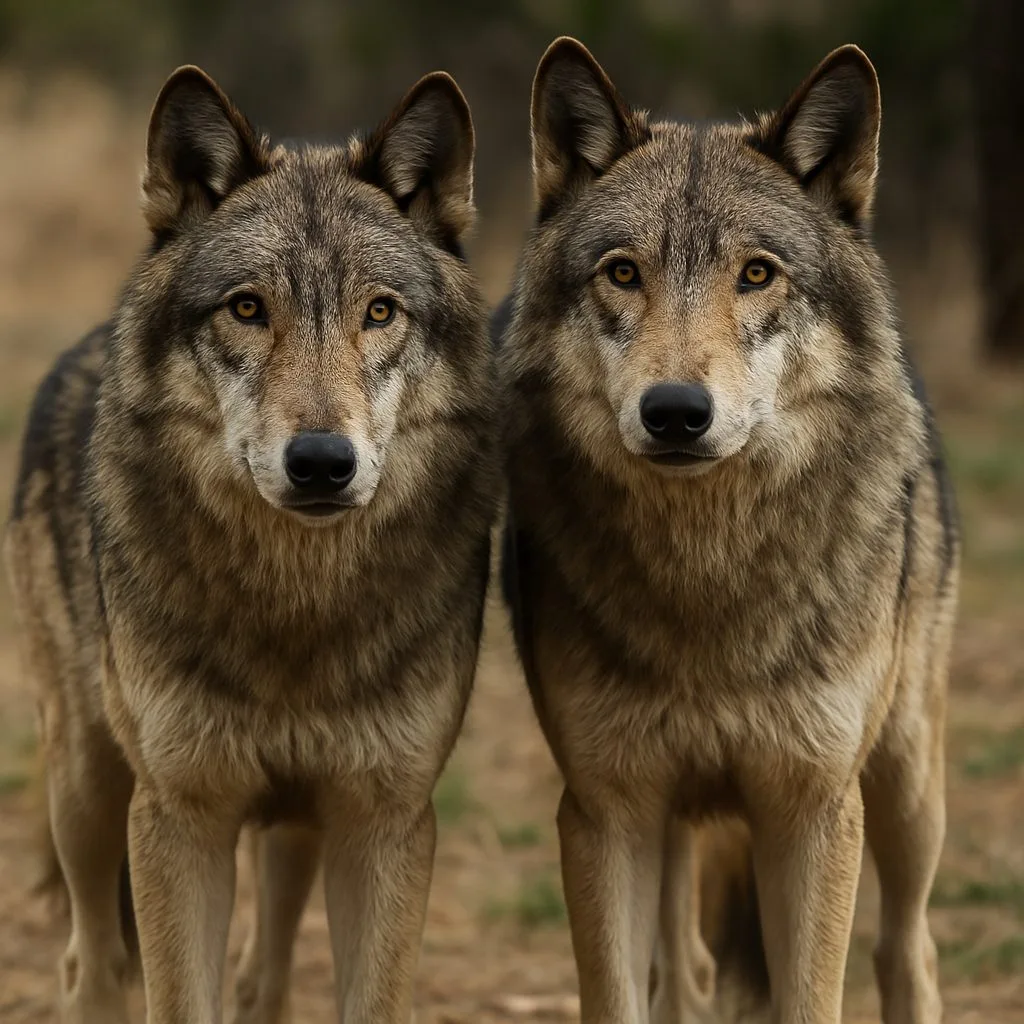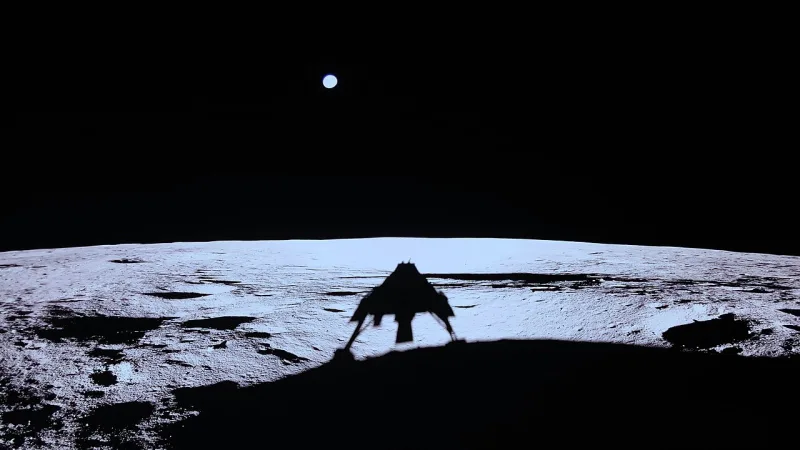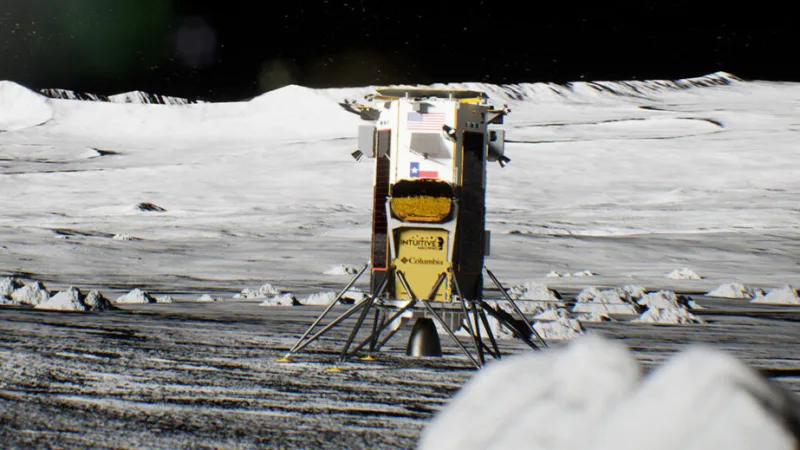The “Dire” Truth About De-Extinction: Scientists Slam ‘Recreated’ Wolves as Genetic Stunts

It sounds like something out of a fantasy novel: scientists claiming to bring back the legendary dire wolf—an ancient predator that once prowled the Americas. But recent headlines about the “world’s first de-extinction” aren’t sitting well with many in the scientific community. What appears to be a marvel of biotechnology might actually be more marketing than miracle.
Let’s break it down.
Who’s Behind the Buzz?
A Texas-based biotech startup named Colossal Biosciences made waves this week when they introduced three adorable wolf pups to the world—Romulus, Remus, and Khaleesi. Marketed as “resurrected” dire wolves, these pups are the result of a gene-editing project that modified gray wolf DNA.
But there’s a catch. While they may look a bit like their extinct cousins, experts warn these animals are far from being true dire wolves.
The Real Dire Wolf
Dire wolves (Aenocyon dirus) were very real—and very different from modern wolves. Living up until around 10,000 years ago, they were apex predators of the Late Pleistocene, roughly 20% larger than today’s gray wolves and equipped with strong jaws for tackling large prey.
Genetically, though? Totally different beasts. A groundbreaking 2021 study showed that dire wolves and gray wolves diverged almost 6 million years ago—around the same time our ancestors branched off from chimpanzees. So calling a gene-edited gray wolf a “dire wolf” is a bit like calling a person with a chimpanzee’s hair texture a new species of human.
What Did Colossal Actually Do?
Colossal’s team performed 20 genetic tweaks across 14 genes in gray wolves, hoping to replicate some dire wolf traits. That might sound like a lot—until you consider the millions of differences between the two species. Critics argue that calling this a de-extinction is not only misleading, but scientifically inaccurate.
Pontus Skoglund, a geneticist at the Francis Crick Institute, put it bluntly:
“Would a chimpanzee with 20 gene edits be considered human?”
If the answer’s no, then these edited wolves are no more dire wolves than a painted dog is a tiger.
Scientific Hype or Scientific Hope?
The backlash has been swift and strong. Some ecologists have slammed the project as ethically questionable and misleading, while science communicators have pointed out the dangers of selling hype as science.
YouTuber Hank Green, for example, noted that these animals aren’t being returned to the wild and couldn’t survive there anyway. Why? Because their prey is long gone. The ecosystem they once ruled has vanished.
What’s the Point, Then?
Despite the dramatic marketing, the science behind this isn’t without value. The gene-editing tools used here could be applied to conservation efforts in the real world.
Colossal is also working on projects like expanding the red wolf population in North Carolina and supporting the genetic diversity of bison. If handled responsibly, this technology could help endangered species survive—not by resurrecting the past, but by securing the future.
So, Should We Bring Extinct Species Back?
It’s a question that’s as much philosophical as it is scientific. Just because we might be able to recreate ancient DNA doesn’t mean we should—especially when living species are disappearing at an alarming rate due to human activities.
Instead of chasing ghost animals, many argue we should focus our energy and resources on preserving biodiversity before it vanishes. Rewilding isn’t about reanimation; it’s about rebalancing.
Science or Showbiz?
The return of the dire wolf makes for great headlines and even better Instagram posts. But when you scratch beneath the surface, what you find isn’t a scientific revolution—it’s a PR campaign wrapped in a lab coat. That doesn’t mean the technology is useless or evil. But let’s call it what it is: genetic mimicry, not resurrection.
At Everyman Science, we believe science should illuminate—not mislead. And while we cheer on advances in conservation biology, we also believe that clarity and honesty are just as vital as innovation.






